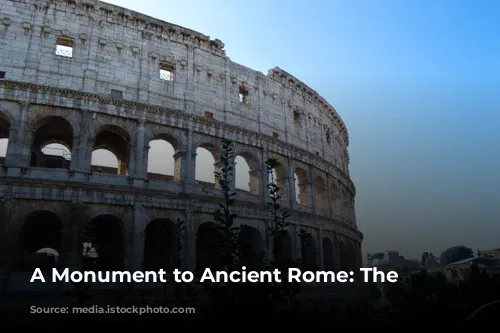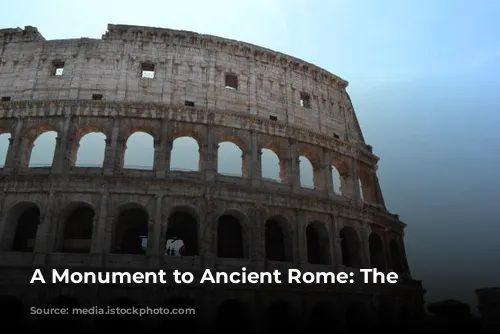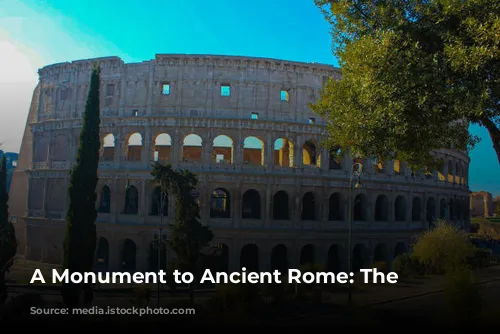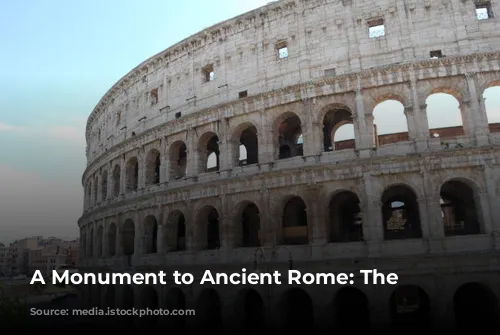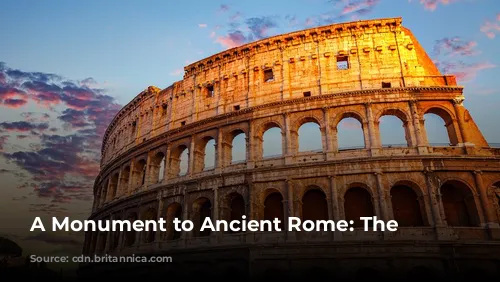Standing tall as a testament to the ancient Roman Empire’s engineering genius and architectural prowess, the Colosseum is not only a symbol of a bygone era but also a significant source of income for Italy. This iconic structure, a lasting reminder of Rome’s grandeur, pulls in a massive influx of tourists, generating millions of dollars annually. In fact, the Colosseum, along with the Roman Forum and Palatine Hill, collectively rake in over $63.3 million (€53.8 million), making it the top tourist attraction in all of Italy.
From Glory to Ruins and Back
The Colosseum’s history is a tapestry woven with threads of both magnificence and neglect. Though its construction was a testament to the Roman Empire’s strength, its subsequent fate was marked by periods of abandonment and vandalism. After the fall of the Western Roman Empire, the Colosseum began to deteriorate, gradually succumbing to the ravages of time and neglect. The 12th century saw the arena repurposed as a fortress by the powerful Frangipane and Annibaldi families, who fortified its walls for their own protection.
As the centuries passed, the Colosseum continued to languish, becoming a quarry for building materials in the late 15th century under the permission of Pope Alexander VI. This period of exploitation stripped the arena of its valuable marble embellishments, leaving it a shadow of its former glory. It wasn’t until the 1990s, after over a thousand years of neglect, that the Italian government initiated large-scale restoration efforts, fueled by state funds, to revive the Colosseum to its former grandeur.
A Symbol of Power and Entertainment
The Colosseum was conceived not just as a marvel of engineering but as a grand spectacle, designed to showcase the power and majesty of the Roman Empire. It was constructed in the wake of the turbulent “Year of the Four Emperors” in 69 CE, when Rome experienced a period of immense upheaval. The emperor Vespasian, seeking to restore stability and public confidence, envisioned the Colosseum as a symbol of imperial authority and a source of entertainment for the Roman people.
The Colosseum was intended to be a hub for public entertainment, hosting a variety of events that captivated and entertained the masses. Gladiator fights, thrilling animal hunts, and even elaborate mock naval battles were staged within its walls, drawing crowds eager to witness the spectacles.
From Conception to Completion
The Colosseum’s construction began under the emperor Vespasian, marking a pivotal chapter in the arena’s history. Work commenced between 70 and 72 CE, utilizing a workforce of enslaved Jews captured during the Roman conquest of Jerusalem in 70 CE. The funding for the project was generated from the spoils of war, a testament to the Roman Empire’s wealth and power. Vespasian’s son and successor, Titus, dedicated the completed Colosseum in 80 CE, marking a significant milestone in its development. Later, in 82 CE, the emperor Domitian added the fourth story to the arena, enhancing its grandeur and scale.
A Glimpse into Ancient Rome
The Colosseum is a testament to Roman architectural ingenuity and stands as a timeless symbol of the empire’s might. This elliptical structure, built of stone, concrete, and tuff, boasts four stories, reaching a towering height. Spanning a massive area of 620 by 513 feet (189 by 156 meters), the Colosseum had the capacity to accommodate up to 50,000 spectators, making it one of the largest amphitheatres ever built. The arena was famously used for gladiatorial combat, where skilled warriors battled for the entertainment of the masses.
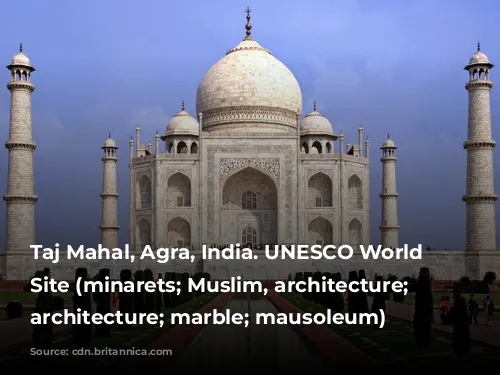
A Carefully Crafted Structure
The Colosseum’s construction was a marvel of engineering, utilizing innovative techniques and materials to create a structure that could withstand the test of time. The arena was situated east of the Palatine Hill, where Nero’s opulent Golden House once stood. The artificial lake that served as the centerpiece of Nero’s palace was drained to accommodate the Colosseum, a decision that held both symbolic and practical significance. Vespasian, who rose to power from humble beginnings, sought to replace Nero’s lavish private lake with a public arena, demonstrating his commitment to the people of Rome.
Unlike earlier amphitheatres, often constructed into hillsides for added support, the Colosseum was built as a freestanding structure, relying on a sophisticated system of barrel vaults and groin vaults. The arena’s three lower stories feature arcades adorned with engaged columns in the Doric, Ionic, and Corinthian orders, a decorative feature that influenced Renaissance architecture. The main structure and facade were crafted from travertine, a durable stone, while the secondary walls were constructed of volcanic tufa. The inner bowl and the arcade vaults were made of concrete, a testament to the Romans’ mastery of this innovative material.
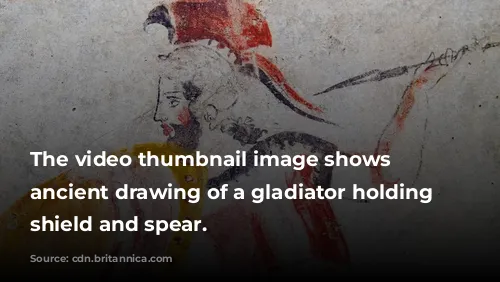
A Grand Stage for Entertainment
The Colosseum offered a unique viewing experience, ensuring that every spectator had a clear view of the action. The arena was designed to accommodate a massive crowd of 50,000 spectators, providing a captivating environment for the events that took place within its walls. To shield the audience from the scorching Roman sun, a massive retractable awning, known as a velarium, was employed. The velarium, supported by masts extending from corbels built into the Colosseum’s attic story, was manipulated by hundreds of Roman sailors, who expertly controlled the rigging that allowed the awning to be extended and retracted.
The Colosseum played host to a wide array of spectacles, from thrilling hand-to-hand combat between gladiators and exciting contests between men and animals to elaborate mock naval engagements. The arena witnessed countless acts of bravery, brutality, and skill, leaving a lasting impression on the Roman people. However, historical records are unclear regarding the Colosseum’s role in the martyrdom of early Christians, adding an element of mystery to its history.
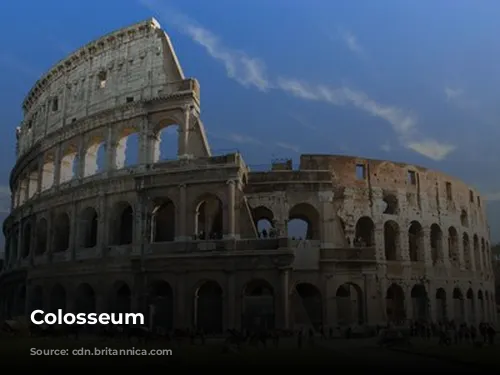
From Abandonment to Preservation
The Colosseum’s fate took a turn in the Middle Ages, as the arena transitioned from a venue for entertainment to a more functional role. During this period, the Colosseum was used as a church, a testament to the changing landscape of the Roman world. Later, the arena was transformed into a fortress by the Frangipane and Annibaldi families, who utilized its strong walls for their own defense.
Despite its past glories, the Colosseum was not immune to the ravages of time and neglect. Lightning strikes, earthquakes, vandalism, and pollution all contributed to the arena’s deterioration, eroding its structure and stripping it of its decorative elements. The once magnificent marble seats and embellishments were plundered, turning the Colosseum into a quarry for building materials.
It wasn’t until the 19th century that the preservation of the Colosseum gained momentum. Notable efforts led by Pope Pius VIII helped to stem the tide of neglect. And in the 1990s, a large-scale restoration project was launched, breathing new life into this iconic structure.
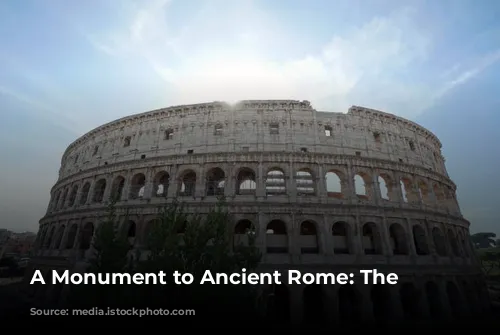
A Timeless Symbol of Rome
Today, the Colosseum remains a major tourist attraction, drawing millions of visitors each year. This ancient arena stands as a testament to Roman engineering prowess and architectural innovation, offering a glimpse into the grandeur of the ancient empire. Regular exhibitions exploring the culture of ancient Rome are held within the arena, providing a fascinating glimpse into the lives of those who once walked its halls. As visitors traverse the Colosseum’s remains, they can’t help but feel a sense of awe and wonder, transported back in time to an era of might, spectacle, and grandeur. The Colosseum, more than just a relic of the past, serves as a timeless symbol of Rome’s enduring legacy.
